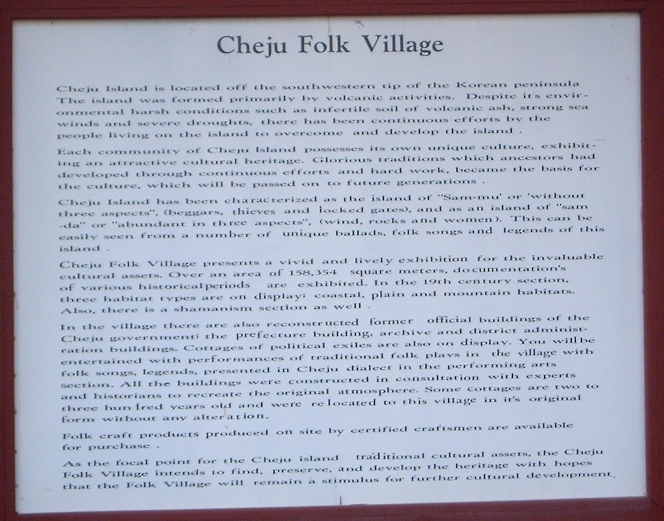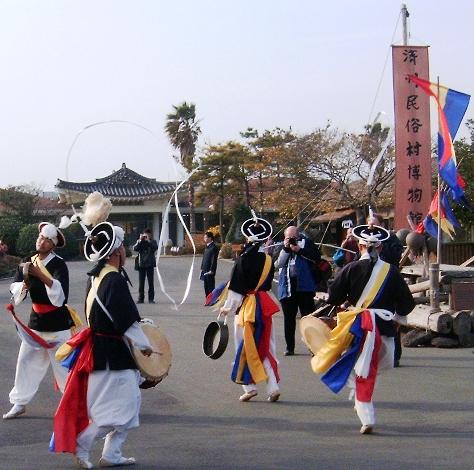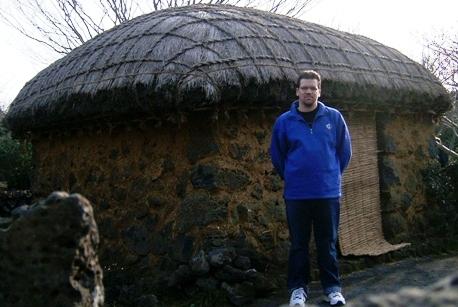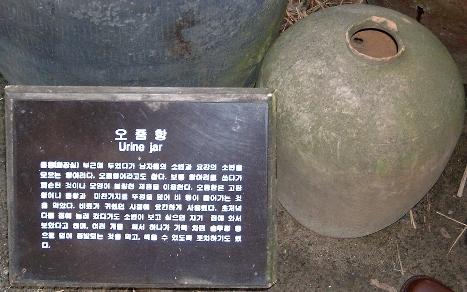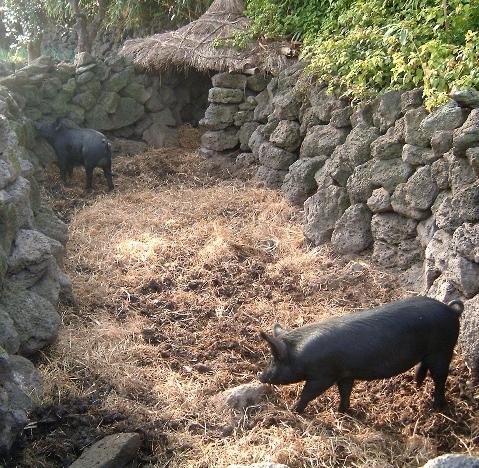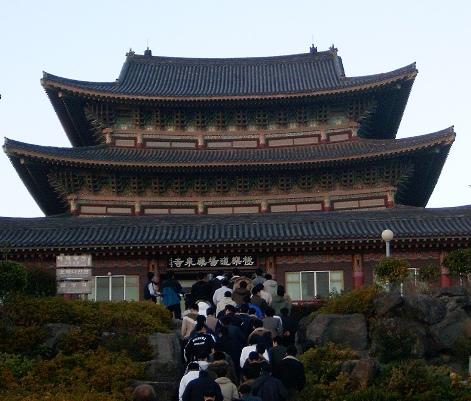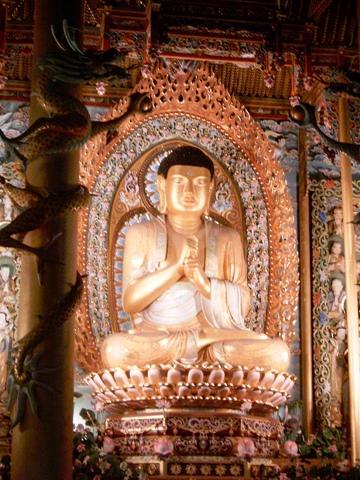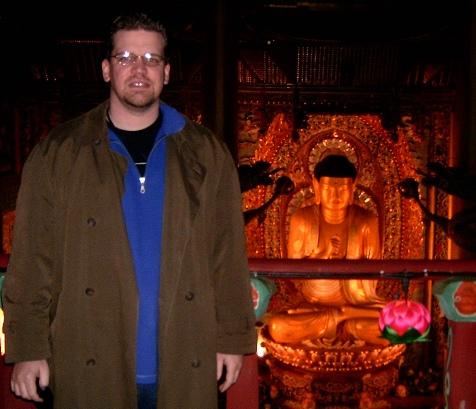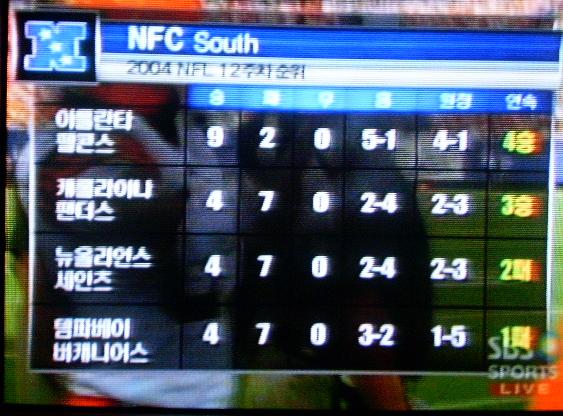Before the last time I was in Korea, a friend had recommended the traditional Korean dish of
bulgogi. It turned out that the conference was so intent on feeding us "Western" (mini-cheeseburgers) and "Japanese" (bento boxes) food that on my last day I had to make a special effort to go to the Korean restaurant in the hotel to get bulgogi.
I figured not to have the same problem this time around, since I am spending more time in Korea. (An extra day and half? I don't exactly remember how much time I was here last time.)
In preparation for the trip, Christina and I went to Yijo, a Korean restaurant in College Park. My plan was to introduce her to some Korean cuisine so she'd have a feel for what I was going to be experiencing this week. In reality, the meal served as a reminder to me of just how confusing traveling to Korea is (for me). Apparently, they start out every Korean meal by bringing you a bunch of appetizers in ramekins. Except they're really not what Americans think of as appetizers. Or necessarily edible-looking food. Then, I ended up ordering a raw beef and raw egg mixture, which was pretty good, but I didn't have the feeling I had food on the plate in front of me. Just some random ingredients. It reminded me of when Ben and I were kids and would make scrambled eggs with cookie sprinkles -- nothing wrong with it objectively, but subjectively...
Christina had a cold noodle soup that didn't thrill her. I should add, however, that the soups we had before our entrees were quite good. I think we'll go there again, but order more carefully.
On my first full day here, I had lunch on my own. Unfortunately, the Korean restaurant was only open for breakfast. That's weird. So I walked down to the
Hyatt, where I figured to have more luck. Their menu had three Korean specialties. Two I eliminated for reasons of either price or a subjective opinion of what is edible. The third appeared, from the English description, to be spare ribs and soup. I had read that the Koreans prepare short ribs in a way that is similar to bulgogi. (I don't have my guidebook on me, so I can't recall the name.) This sounded promising. Unfortunately, it turned out to be spare ribs
in soup. Good, but not what I was looking for. I also made a mistake of ordering a glass of wine, which turned out to be around $13. It was good enough wine, but I wouldn't pay $13 for a bottle of Beaujolais Nouveau.
The first evening featured a tasty reception with enough finger foods to constitute a meal.
The second day, we had lunch coupons which we were told we could use at either the Korean restaurant (which I guess opens for lunch during conferences) or the Western restaurant. Since I can eat in Western restaurants all the time, I chose the Korean one. We were offered a choice of two entrees, both of which were seafood and leek pancakes. The only difference was the soup offered with the two (I chose soybean). The pancakes weren't bad, but hard to eat with chopsticks. (I sat across from someone who I think was from China who complained that it was entirely different to eat with metal chopsticks versus wooden ones.)
At dinner, with the Korean restaurant closed (and myself way too jetlagged to consider leaving the hotel), I resigned myself to the western restaurant. It turned out, to my surprise, to have Korean food -- since the Korean restaurant was closed, it was explained to me. Unfortunately, the only entrees that looked appetizing came with Jeju pork. The last time I was here, the tour visited a traditional Korean village. They showed us some pigs and explained that until the last few decades, Jeju didn't have indoor plumbing. As I slowly made the connection, the guide said, "Jeju pork -- very tasty." So I can't really eat Jeju pork, not with that mental image.
I ended up ordering a hamburger. It was pretty good, once I removed the mayo-soaked tomato. I'm sure its origins are just as questionable as the pork, but at least I don't have the direct association.
Labels: travel
